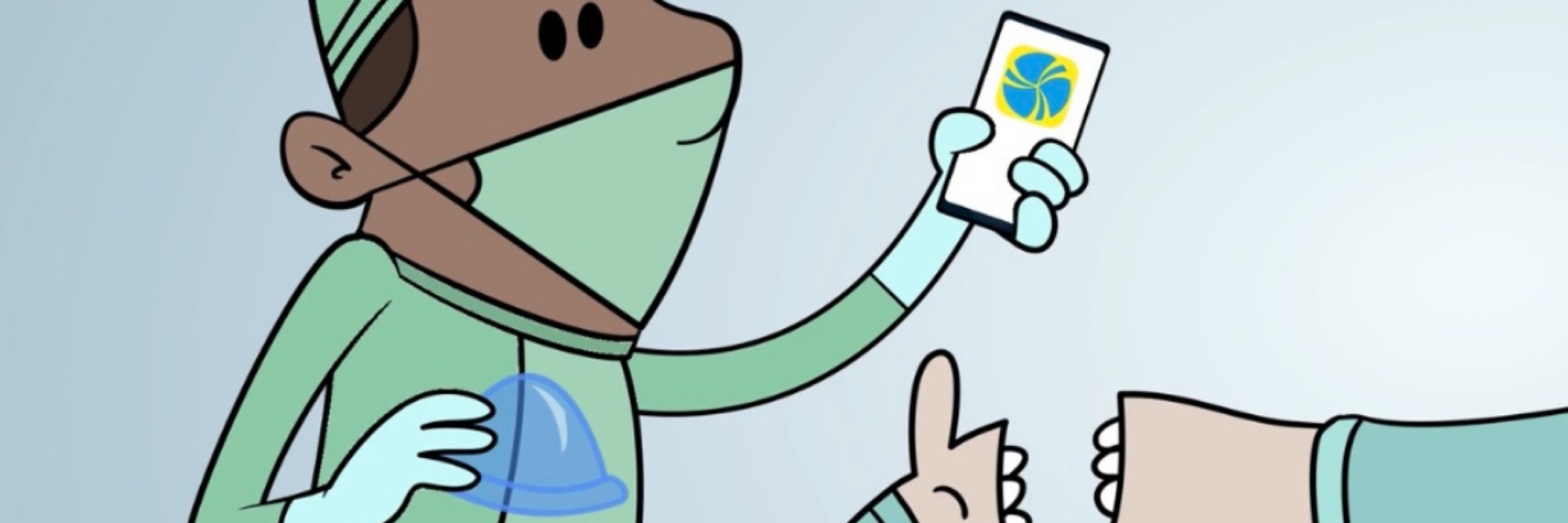Hans Huitink
@airwaymxacademy.bsky.social
760 followers
1.1K following
140 posts
Anesthesiologist🇳🇱Founder Airway Management Academy non-profit airway teaching #AAF25 | Mobile Critical Care Support😷🚑🩺 | AirAmbulance🛩 @AirwayTriageApp
Posts
Media
Videos
Starter Packs
Reposted by Hans Huitink
Reposted by Hans Huitink
Reposted by Hans Huitink
Reposted by Hans Huitink
Reposted by Hans Huitink
Reposted by Hans Huitink
Reposted by Hans Huitink
Reposted by Hans Huitink
Reposted by Hans Huitink
Reposted by Hans Huitink
Reposted by Hans Huitink
Reposted by Hans Huitink
Reposted by Hans Huitink
Reposted by Hans Huitink
Reposted by Hans Huitink
Reposted by Hans Huitink
Reposted by Hans Huitink





